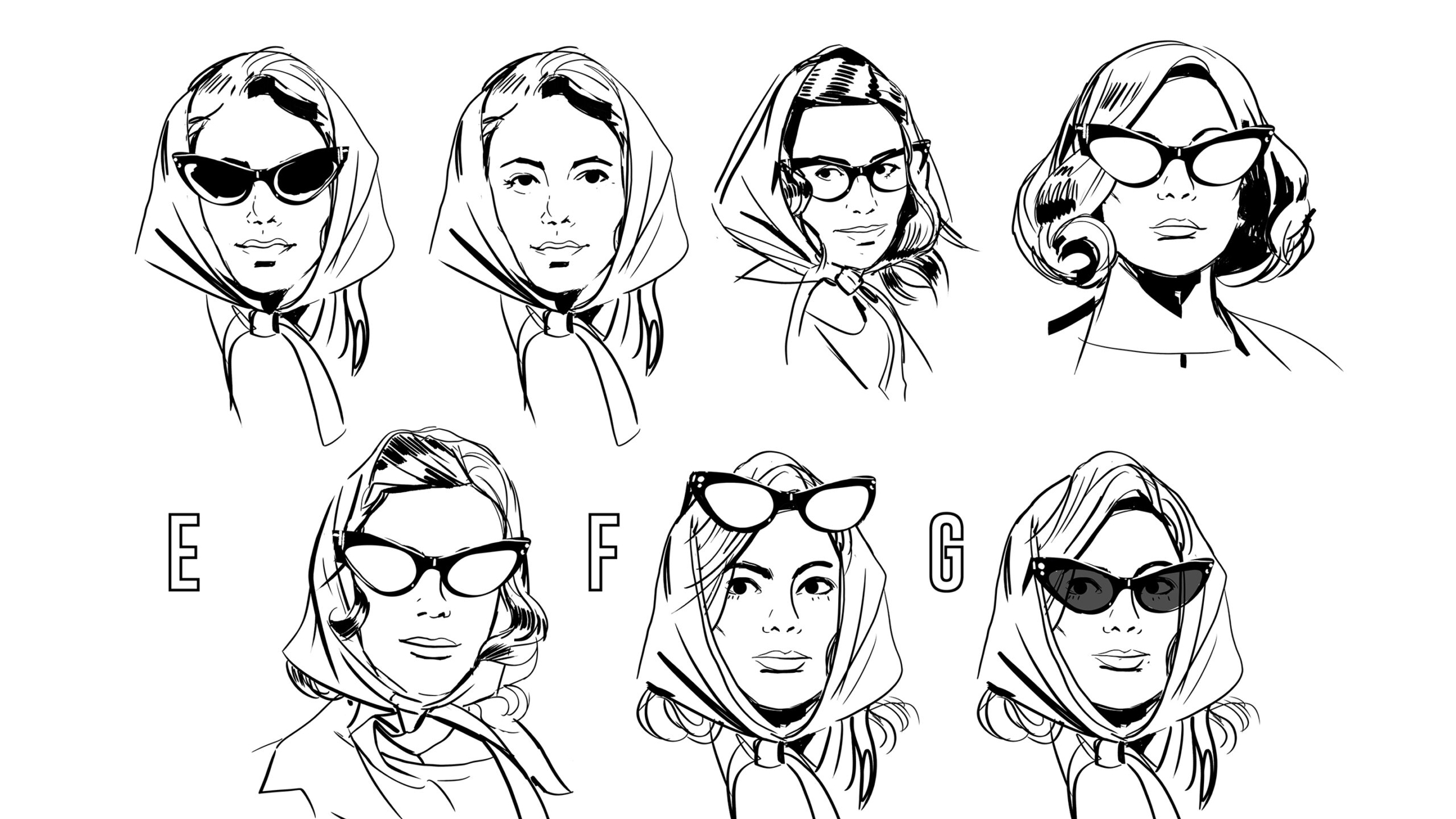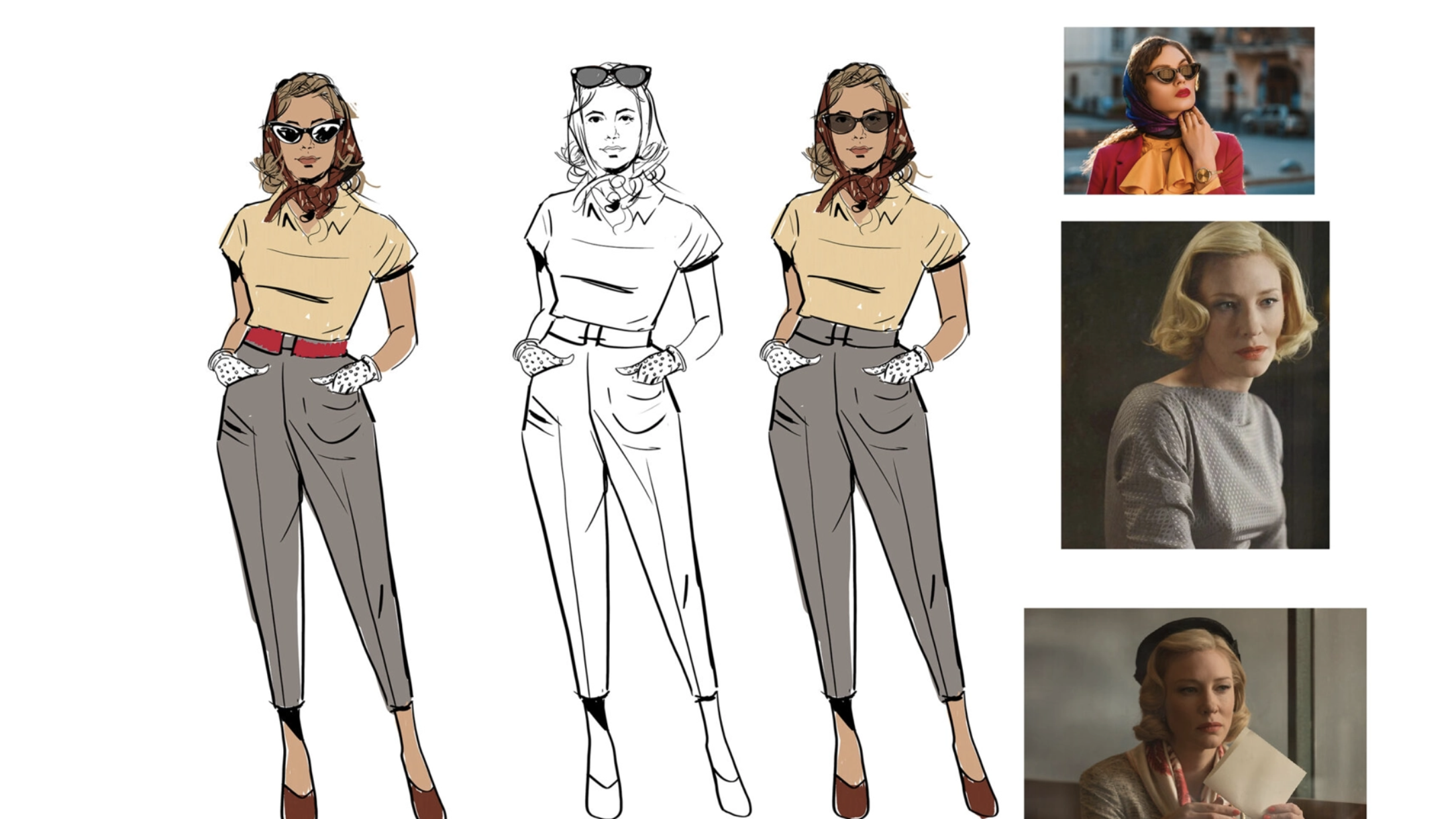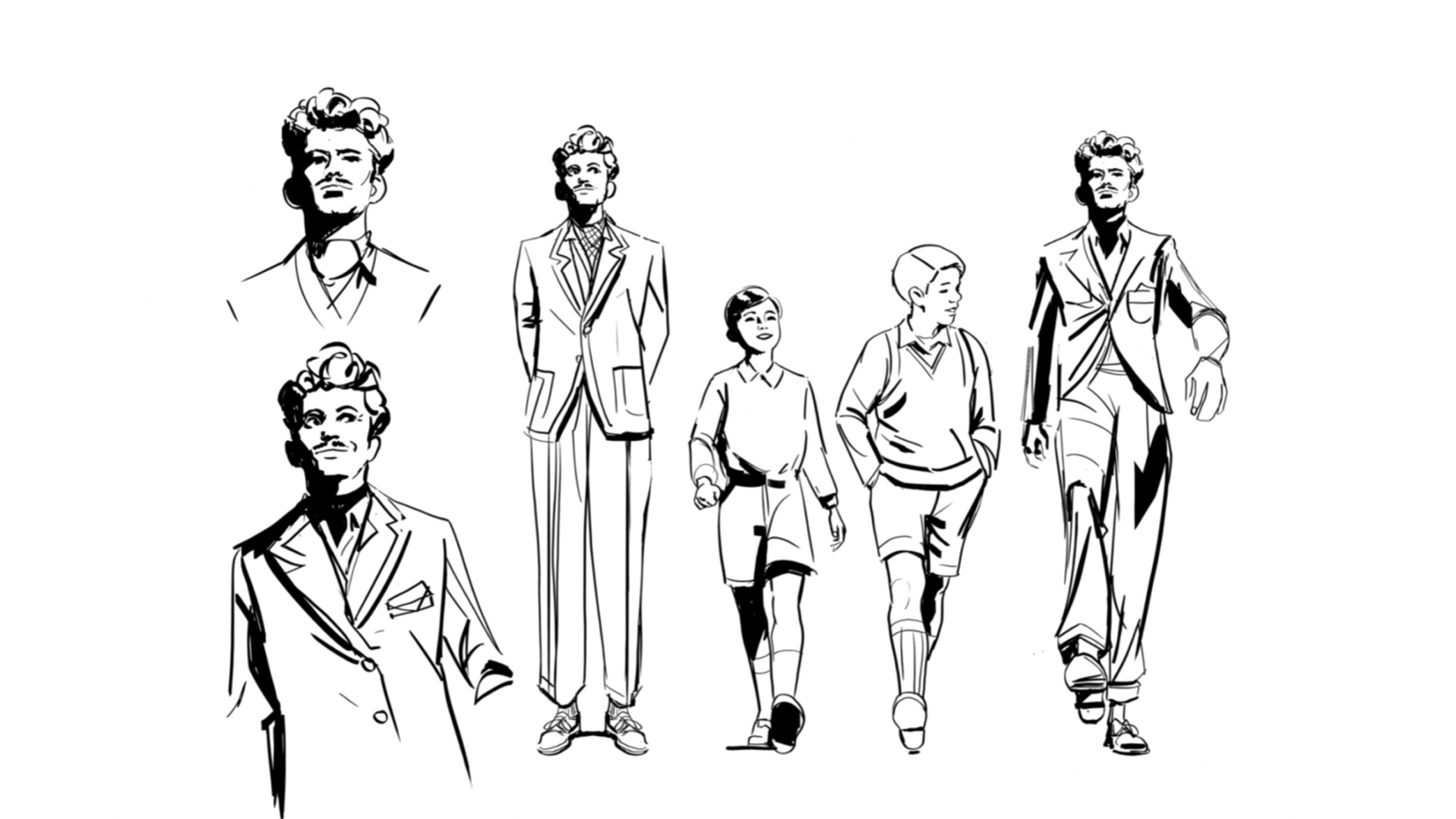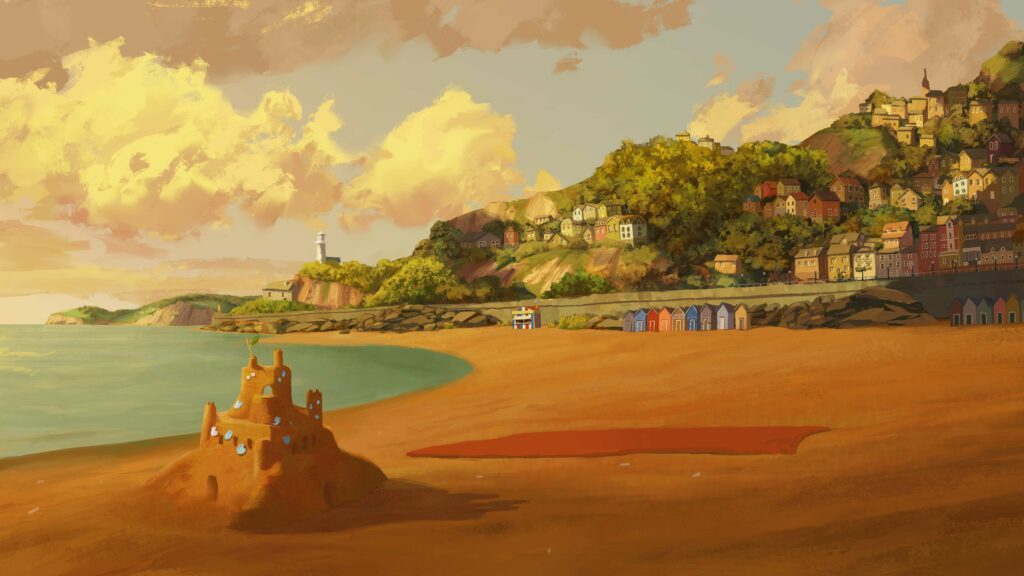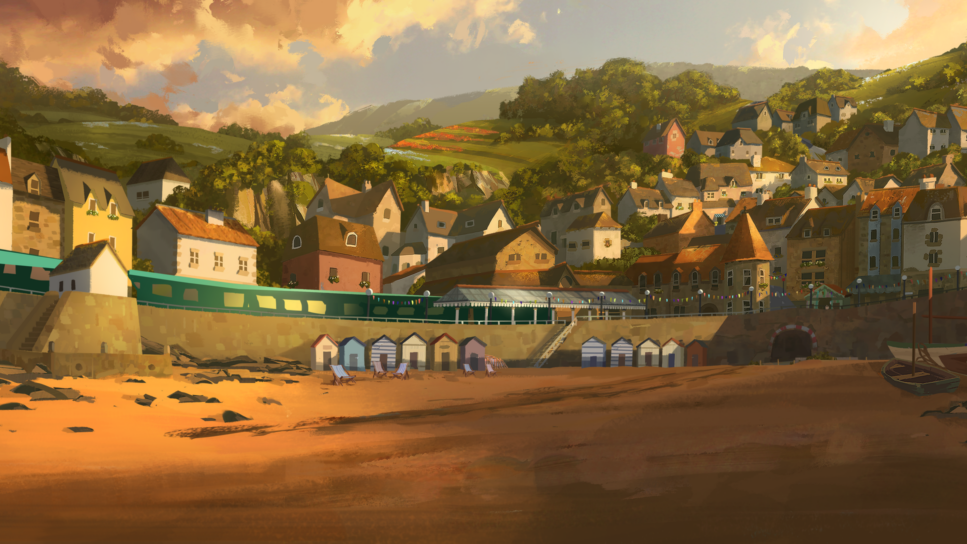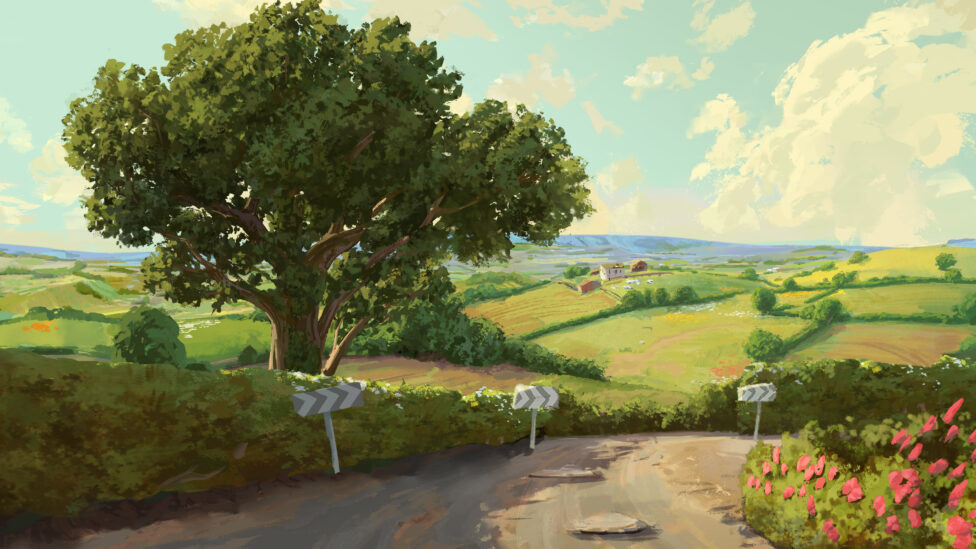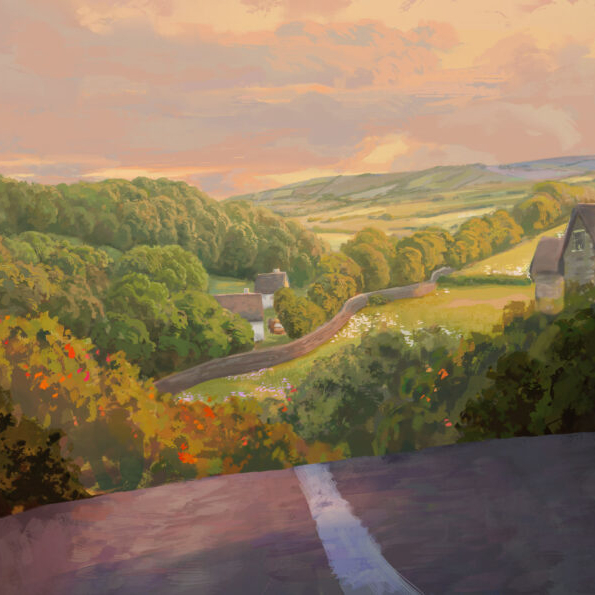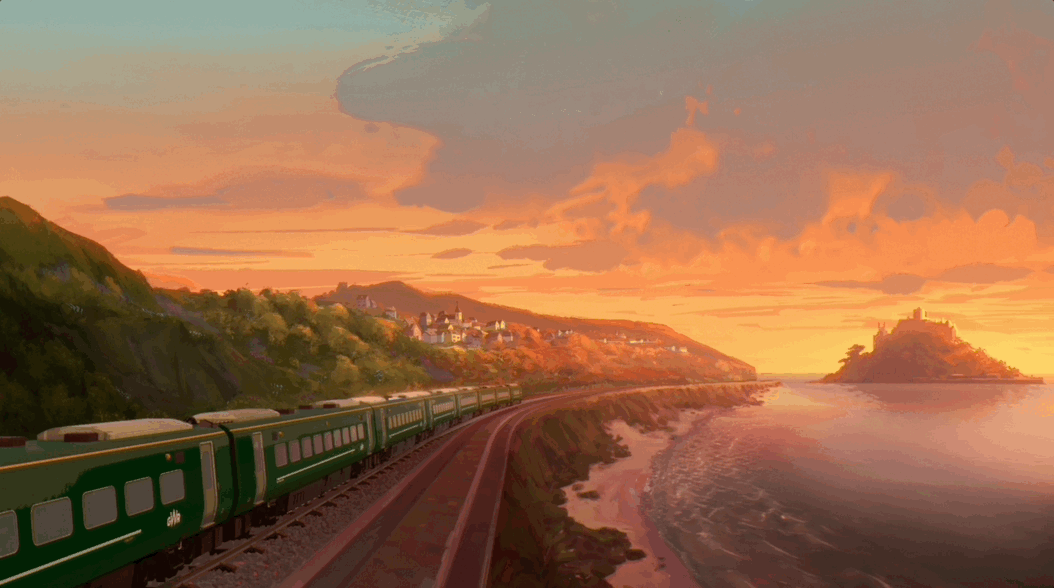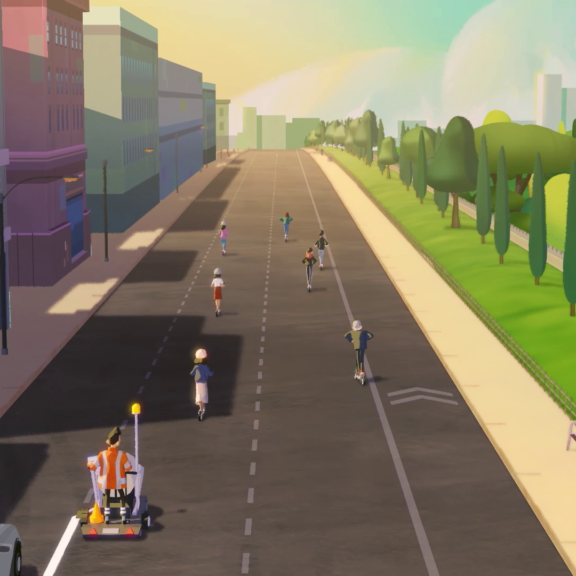Five Get There First
Great Western Railway -Headless
Category
Techniques
Director & Agency
The story continues as The Famous Five return for their next Great Western Adventure, racing across the charming English countryside.
Guy Manwaring, a talented performance director, teams up with the directors of Headless, who specialise in character animation, to breathe new life into the next chapter of ‘Five go on a Great Western Adventure’. Enid Blyton’s ‘Famous Five’ adventure series forms the backbone of the campaign, as it intends to create a sense of collective nostalgia through the storytelling, the illustrative execution and its trademark vintage paper look.
Behind The ScenesBehind The ScenesBehind The ScenesBehind The ScenesBehind The ScenesBehind The ScenesBehind The ScenesBehind The ScenesBehind The ScenesBehind The Scenes
Check out the BTS and see why the famous five chose the ease and comfort of taking the train over the car
Developing her face
Aunt Fanny Sketches
Developing her clothes
Aunt Fanny Clothing Sketches
Developing the character
Uncle Quentin Early Exploration
Developing his clothes
Uncle Quentin Style Exploration
The Final Famous Five
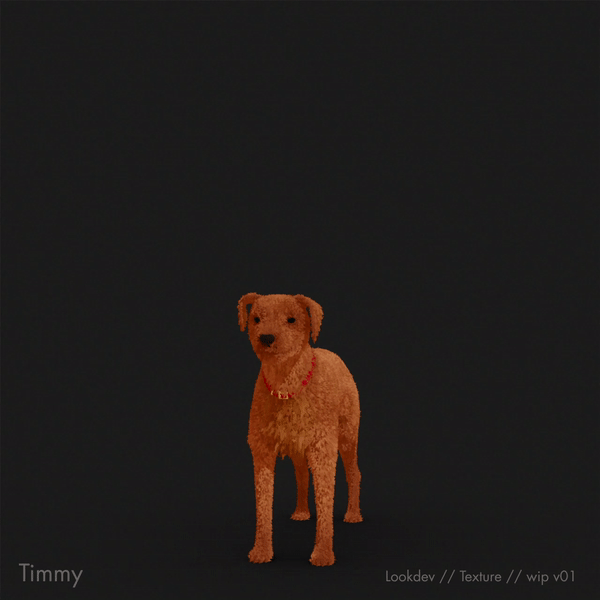
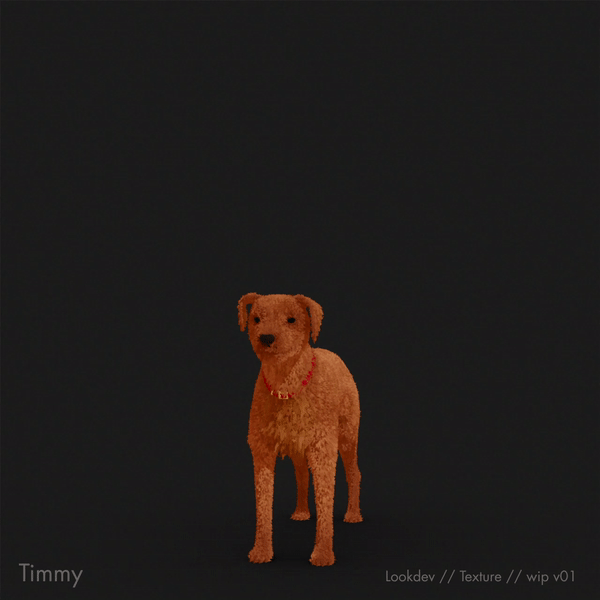
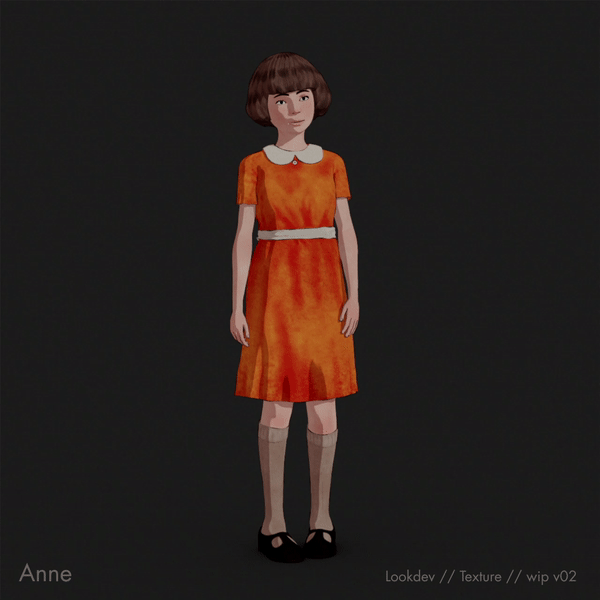
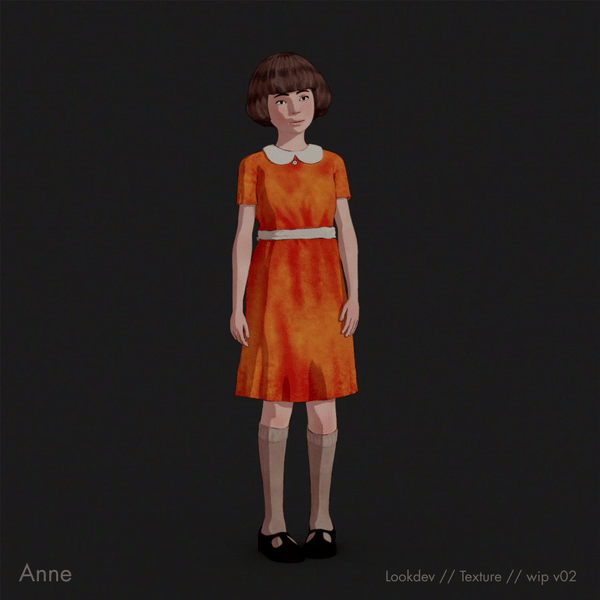
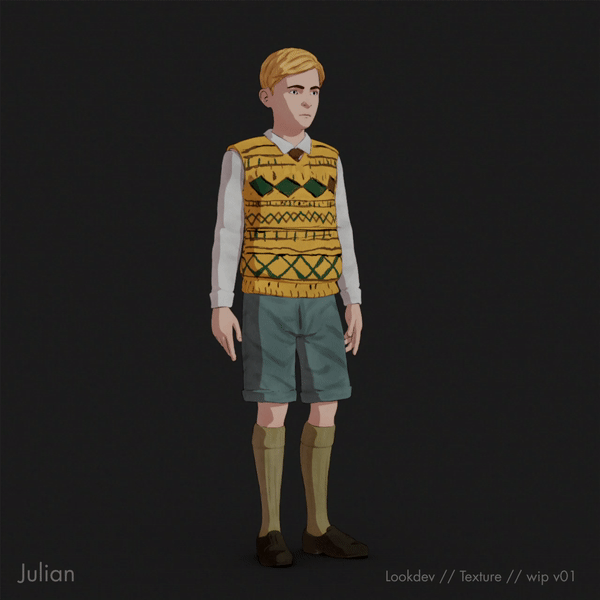
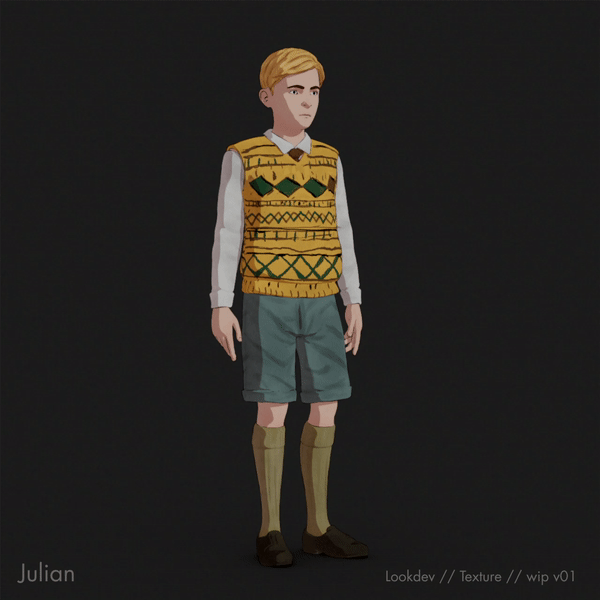
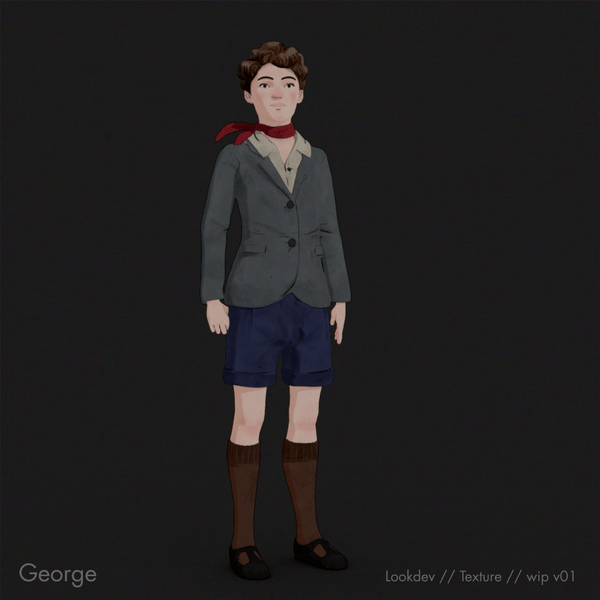
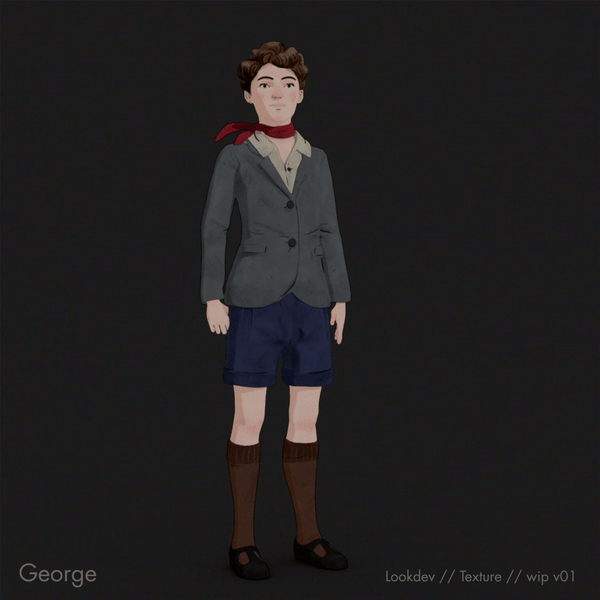
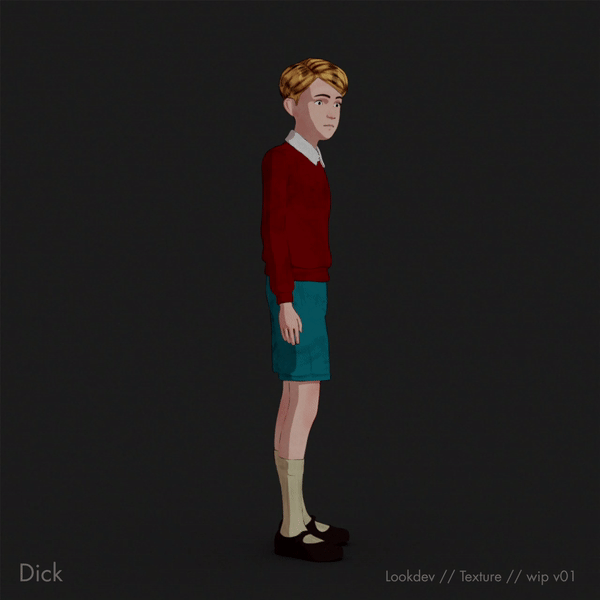
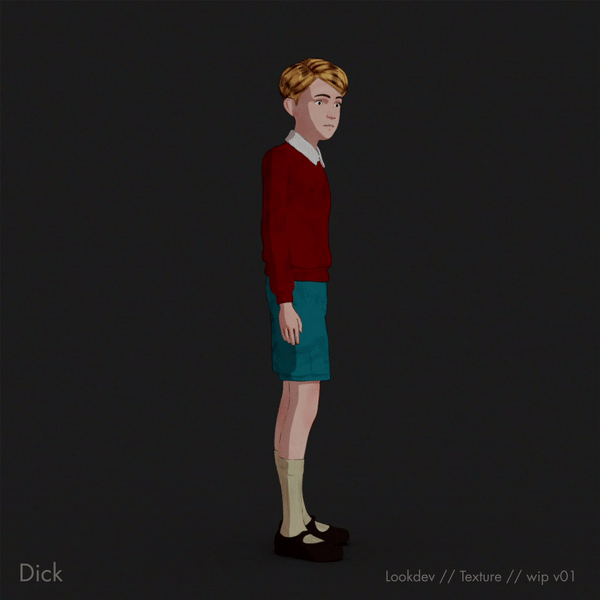
Steve Wioland & Matt Woolner,
Creative Directors
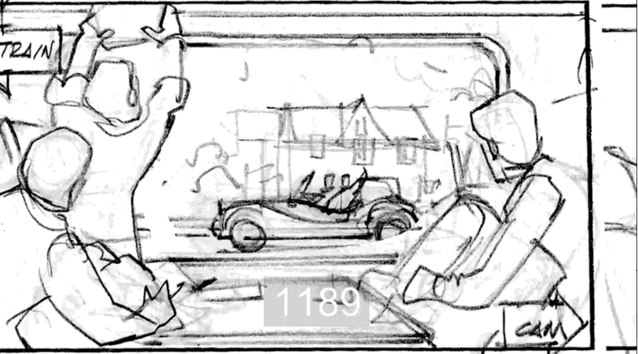
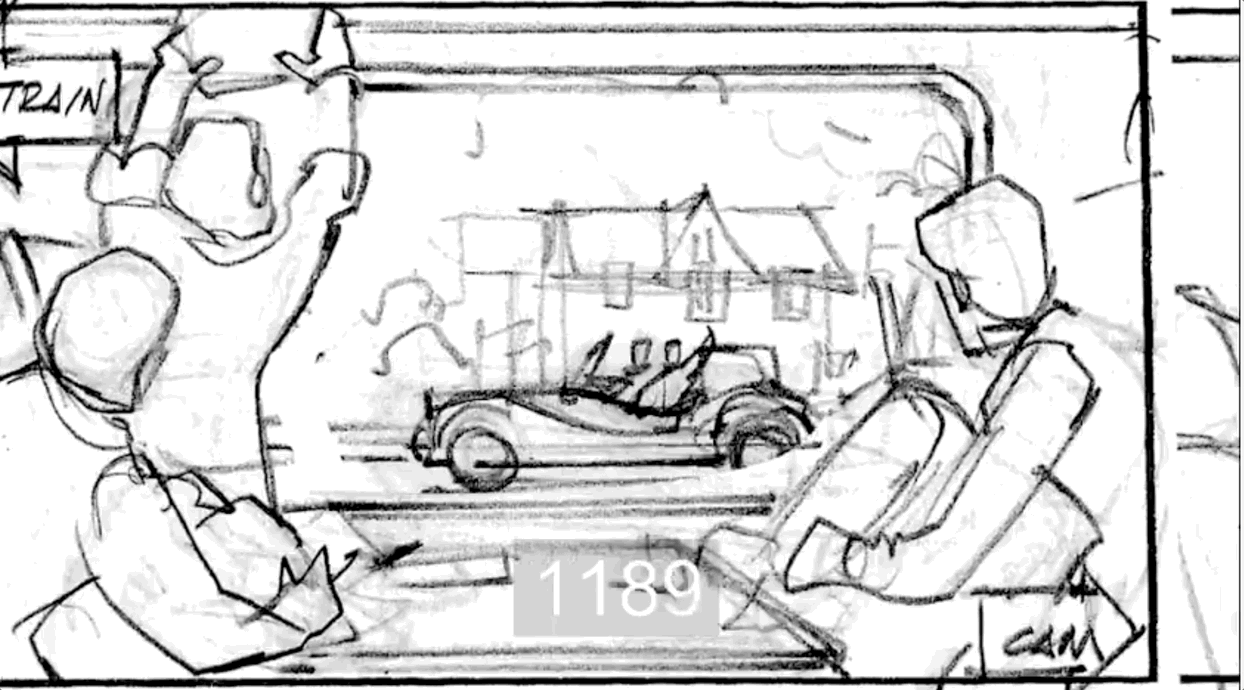
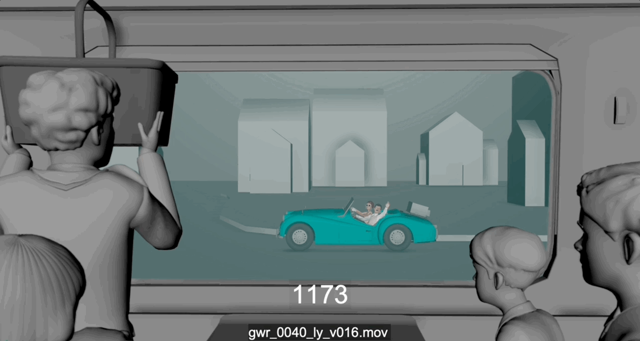
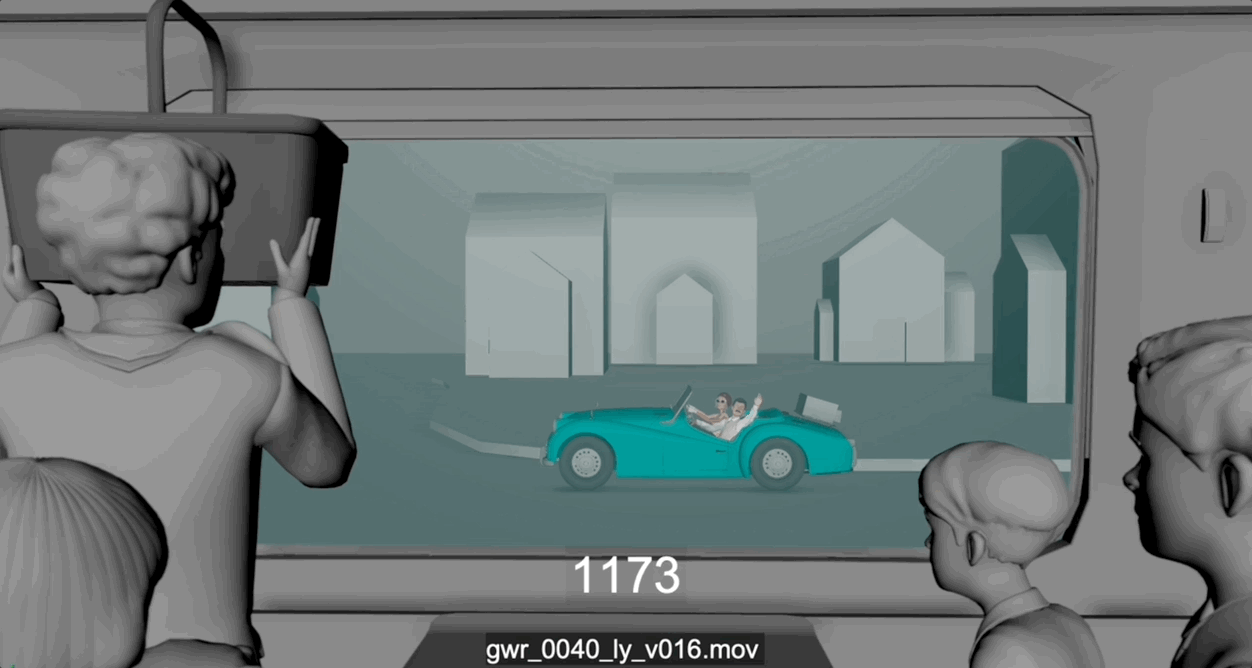
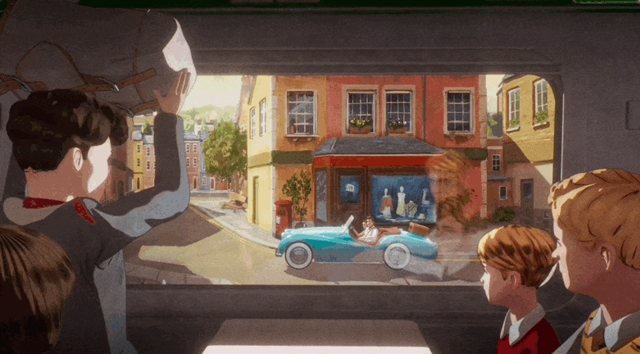
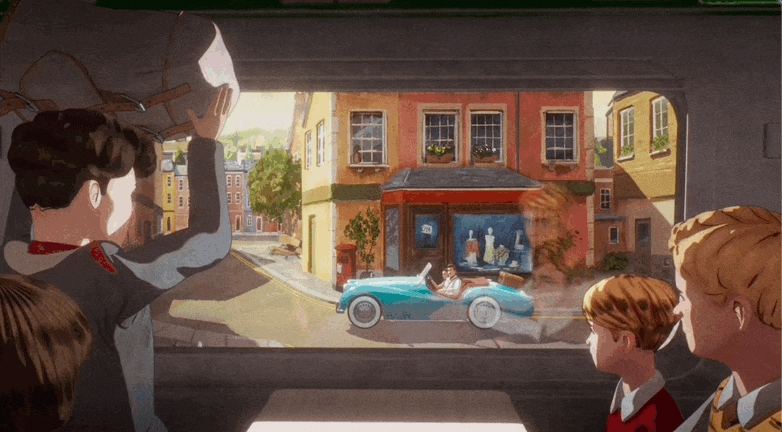
Matte PaintingsMatte PaintingsMatte PaintingsMatte PaintingsMatte PaintingsMatte PaintingsMatte PaintingsMatte PaintingsMatte PaintingsMatte Paintings
Adri (Headless),
Director
